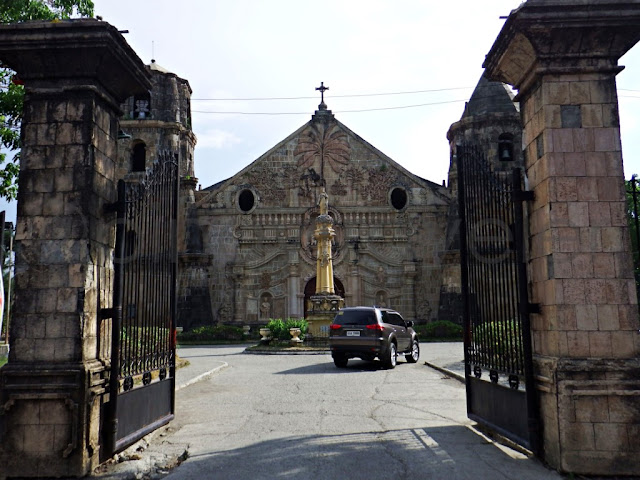Snippets of UP Visayas, Miagao

This is the main campus of University of the Philippines in the Visayas, also called UP Visayas or UPV. Don't be confused, there is also a UPV Campus in the city (Iloilo), and there is even the UPV College Tacloban - yes way faaar in Eastern Visayas. This here, in Miagao, is the administrative center of UP Visayas. Oops, for the unfamiliar, they conveniently call this place UP Miagao during conversations. The one in the city they call UP Iloilo, and the one in Tacloban is UP Tacloban. All are under UP Visayas. How about UP Cebu, where does it belong? Its not part of UP Visayas. Why? Ambot! I haven't gone that far in my being inquisitive hehehe. Did you know there is even a UP in Palo, Leyte? Ah that is the School of Health Sciences under UP Manila! Anyway, back to my UP Miagao visit... Well, what can I say... kung saan pa ako nagtagal on this trip (had a quick meeting in one of the buildings), doon naman ako hindi naka-ikot masyado to take pictures or even videos. Not a...


